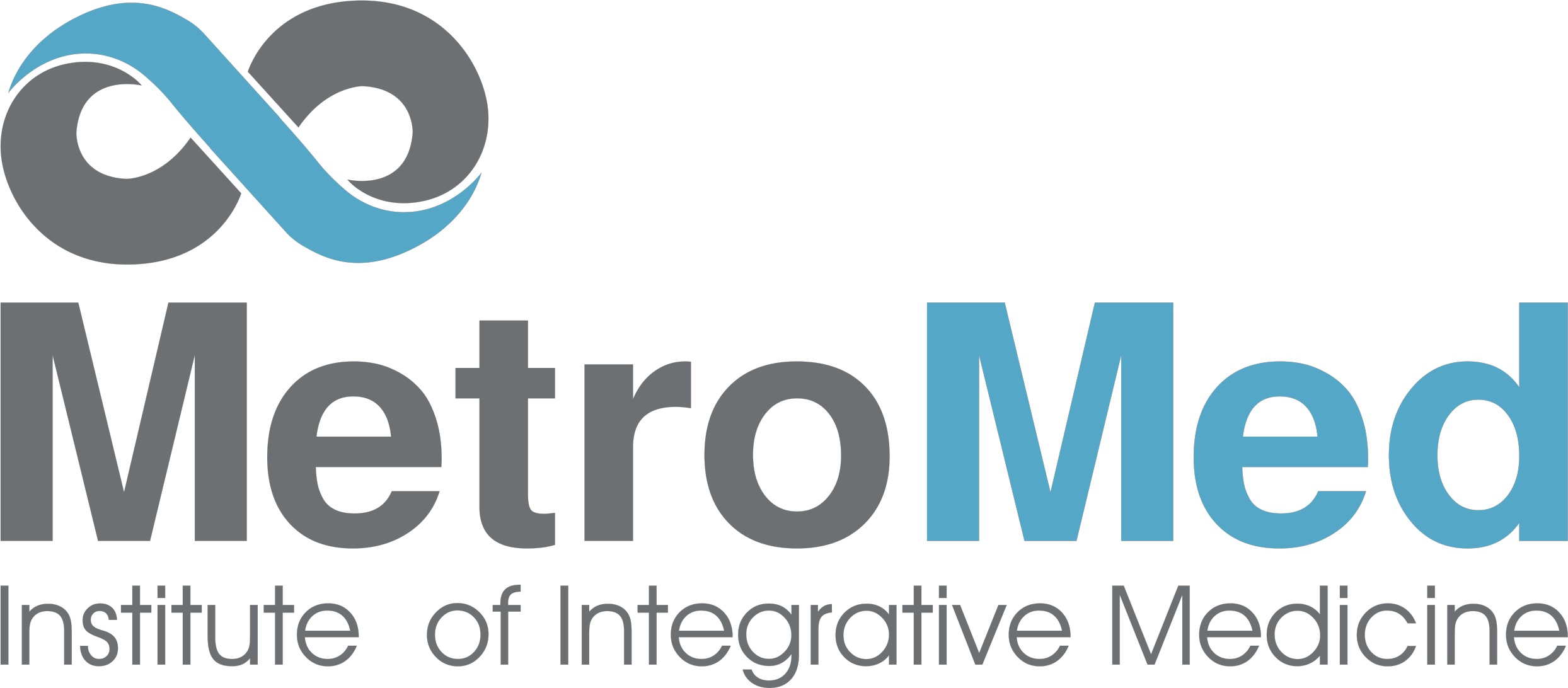One of the main problems seen in Stem Cell Therapies is obtaining the multitude of adult stem cells required for therapeutic application; similarly, it is difficult to acquire a large enough quantity of the cells to sustain research purposes. This problem, however, has been answered. At the University of Calgary, two professors have developed a way to produce stem cells extremely efficiently. The revolutionary apparatus is a bioreactor that allows for the production of millions of cells, which can then be reprogrammed to make stem cells. These stem cells then have the ability to be used for research, banking, or even saving lives through clinical applications.
Pluripotent stem cells have the ability to transform and differentiate into any cell type in the body and therefore develop into different tissues. The bioreactor generates these cells. It is a sealed flask, similar to a small blender, where the cells are combined with vital nutrients (sugar, protein and fat) and oxygen. The stem cells are constantly kept in motion by the stirring of the bioreactor in a rotating chamber; stirring has resulted in the multiplication of harvested stem cells. Originally, these cells were generated on petri dishes in the laboratory and were very time consuming. Additionally, when this process was performed in the laboratory, the cancer gene, cMyc, remained in the pluripotent stem cells which increased the risk for tumor formation; when this cancer gene was removed in the laboratory, there was a huge reduction of generated stem cells of 100 times. When using the bioreactor, the cancer gene is removed and large numbers of stem cells were still produced. In a sense, the bioreactor creates “low risk†stem cells by removing the cMyc cancer gene. These formed stem cells are also a plausible alternative to the use of controversial embryonic stem cells.
Before the bioreactor revolutionized the production of stem cells, scientists were limited in their research because it takes about one million adult cells to form one stem cell, with the chance of cancer still present. Using the bioreactor, scientists were are able to make ten million low risk stem cells from only 800,000 adult cells. Using these large quantities, new treatment methods have been made available for arthritis and other bone-affecting diseases.
The bioreactor creates the possibility of tailoring to specific patients needs, as the pluripotent stem cells can be converted to different types of cells, according to the patients necessity and illness. An attractive and effective possibility for treating many diseases, stem cells can differentiate into beneficial replacements for damaged cells. A doctor can take cells from the patient, make stem cells, and then turn the stem cells into the damaged tissue. Targeting particular needs with stem cells has never been easier.
The development of the bioreactor has opened the door to disease study and prevention, especially in the heart. Cardiomyocytes, the cells responsible for the muscles in the heart, are difficult to obtain in large quantities because they only survive for a short period of time once removed. The bioreactor creates cardiomyocytes than can flourish and survive, allowing extensive research on heart disease and different drugs.
In the near future, the bioreactor will be the driving force behind stem cell prominence and progression. It will give researchers and physicians a new method in culturing a large supply of stem cells. These cells then can be used to treat a magnitude of degenerative diseases ranging from diabetes to multiple sclerosis.
Copyright © 2012 Alex Martin MD & Francesca Coxe, Los Angeles. Edited by Devin Stone
Resources:
1. Kaiser, Tiffany. “New Method Turns Embryonic/Induced Pluripotent Stem Cells into Cardiac Muscle Cells.” Daily Tech. DailyTech, 29 May 2012. Web. 12 June 2012. .
2. Ng, Emily. “Stem Cell Research Finds New Answers.” The Gauntlet News. Gauntlet Publications Society, 07 June 2012. Web. 12 June 2012. .
3. Shafa, Mehdi. “Researchers Mass Produce Super Cells | CTV Calgary.” Researchers Mass Produce Super Cells | CTV Calgary. Bell Media, 24 May 2012. Web. 12 June 2012. .


